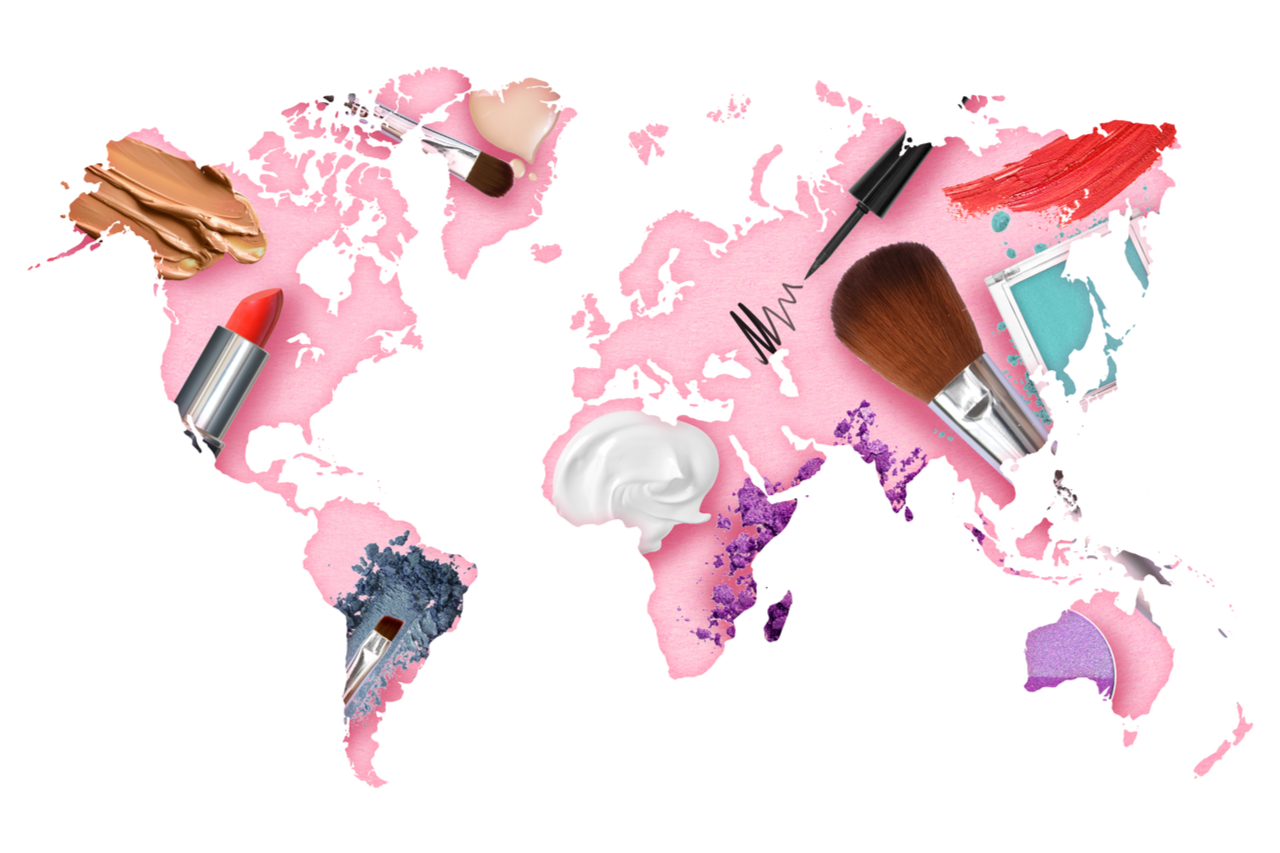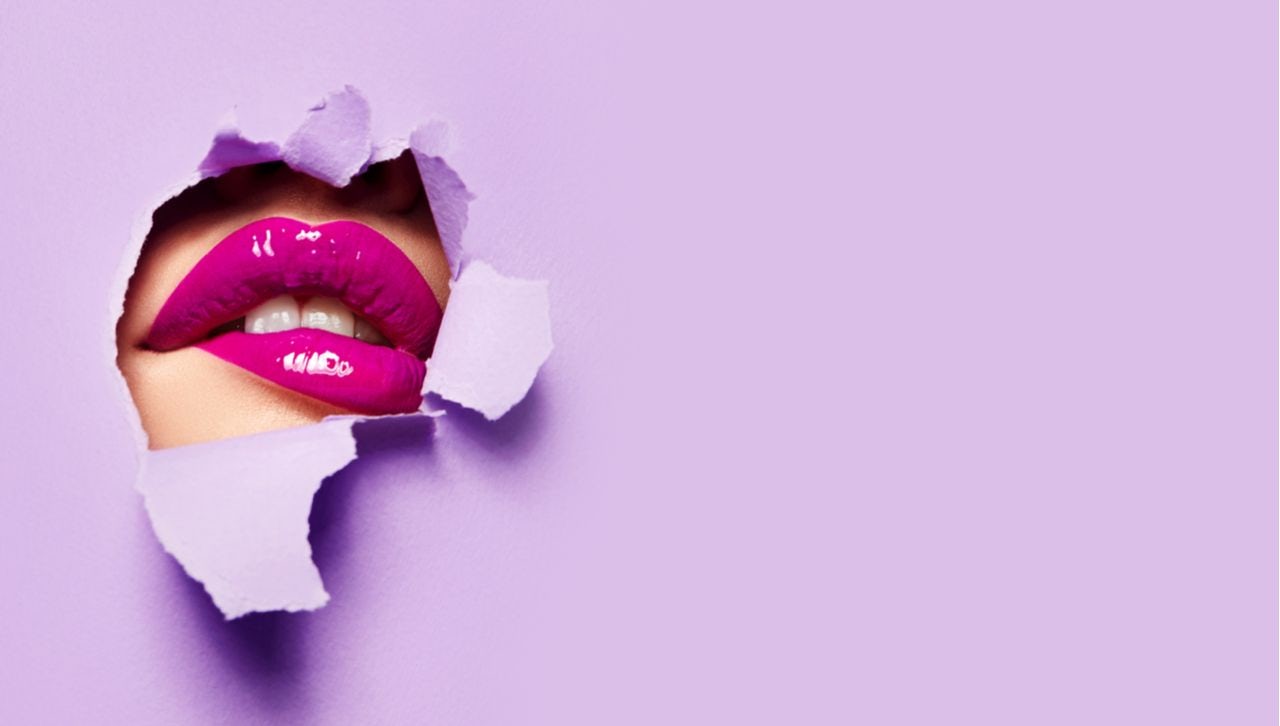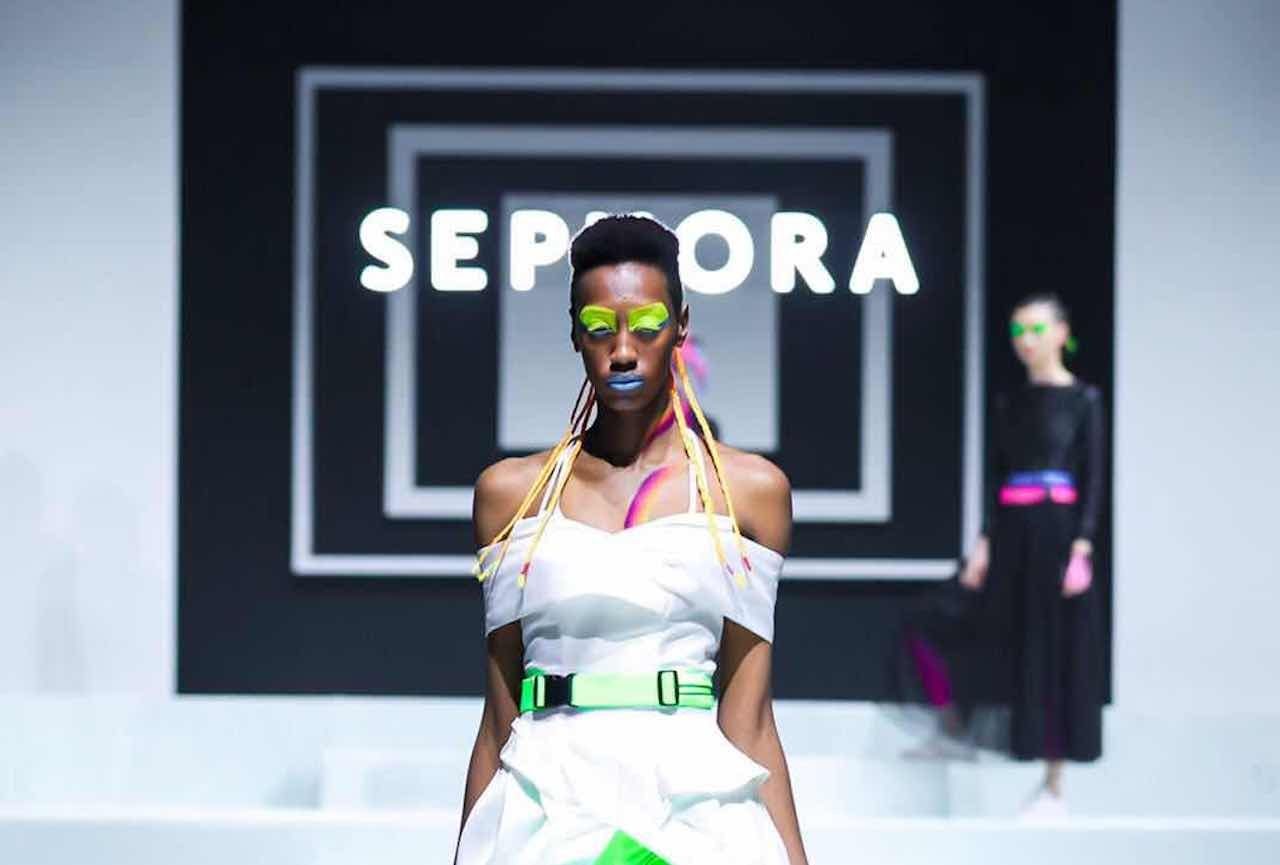The success of the beauty sector plays a crucial role in the survival of the luxury market. Commonly, cosmetics and fragrances are the first luxury investments made by young consumers; thus, through beauty acquisitions, premium brands can subtly influence customer loyalty. According to Zion Market Research, the global beauty market is projected to reach an estimated 863 billion by 2024 and China is set to become the biggest global market for cosmetics, thus driving consumer trends.
As the steady growth of the beauty market continues, established beauty players will have to fight off competition from traditional legacy brands to indie labels to emerging digital retailers. Relying on practical solutions, and formulas from the past, will no longer work for reaching target audiences. Given this, beauty brands need to change their strategies.
Not too long ago, media campaigns for luxury cosmetics and fragrances used to present sumptuous images with attractive people (Charlize Theron for J’Adore Dior or Keira Knightley for Coco Mademoiselle) enjoying an ostentatious lifestyle. But millennials and Gen Z changed the industry, pushing for a new set of values. They demanded honesty and authenticity instead of an aspirational lifestyle that is no longer considered the apex of success.
Considering these shifts in the consumer market, beauty companies have had to reinvent themselves. And in today’s beauty industry, achieving market success is not possible without the optimization of resources, balancing product and shopper knowledge, and the personalization and digitalization of goods. And as the Chinese beauty industry is in the midst of a period of metamorphosis, global beauty brands that want to keep up with the changes, and more importantly, get ahead of the competition should consider the following strategies:
1. Promote cross-segment collaborations with the wellness industry.#
According to the Global Wellness Institute (GWI), the wellness industry is a 4.2 trillion market. The pursuit of a healthier lifestyle boosted the wellness economy, bringing changes in dietary preferences, workout routines, beauty procedures, and cosmetic surgery. Consumers expect crossover collaborations between various wellness segments. Fitness, beauty, and healthy diet habits won’t remain separated. We can already see this shift as gyms partner with diet gurus, top salons offer post-workout massages, beauty brands collaborate with bodybuilding influencers, and fitness centers offer relaxation therapy and beauty treatments.
2. Embrace healthy aging instead of timeless beauty.#
Natural beauty routines and organic, safe products are becoming the norm. As beauty becomes more of a health issue, conventional brands need to embrace the evolving natural trend if they intend to keep their market share. Affluent consumers favor bio cosmetics, being aware of the dangers of certain ingredients such as paraben, sulfates, petroleum distillates, propylene glycol, and triclosan. This consumer disruption has pushed Sephora to launch Clean, a beauty category free of unwanted ingredients (50 brands have already signed on), making it easier for beauty lovers to search for products free from dangerous ingredients. According to Stéphane Rinderknech, CEO of L’Oréal China, L’Oréal understands the “Efficacy Orientation,” Rinderknech told Jing Daily. “Chinese consumers are eager for superior quality, safety, and efficacy.” And according to Rinderknech, this trend incites consumers to demand “transparency in science and formula.”
Beauty buyers expect transparency, as they no longer believe fake marketing campaigns that promise timeless beauty. But this doesn’t imply that consumers don’t want beautiful, youthful skin. The success of the Korean skin-care routine and the focus on preventive care, and the boom in anti-pollution cosmetics in China reveals a change in the beauty industry.
The surge in clean beauty products contributes to the sustainability movement. Empowered consumers demand full disclosure, challenging the status quo of traditional beauty brands that refuse to follow ethical and sustainable practices. “Value-based consumers are emerging, and their consumption decisions are influenced by brands’ social responsibilities, and standpoint on social issues,” said Rinderknech. And “beauty inside and out" is a characteristic of this new Chinese consumer.
3. Redefine the beauty industry by adopting an inclusive mantra.#
Diversity is trending in the beauty industry and Fenty Beauty’s boom is the perfect example in this direction. Rihanna’s 40 Shades of Foundation was an instant success and brands such as Dior, CoverGirl, Maybelline, and MAC followed suit. But diversity includes even genderless products and the emerging men’s beauty category. Because of social media and the Instagram hype, makeup for men is on the rise. Urban metrosexuals like David Beckham and Brad Pitt are world famous, but they aren’t the only ones investing in grooming and cosmetics for men.
In China, Shenzhen has become the national metrosexual capital but because of rapid urbanization, increased purchasing power, and social norms (looking good is linked with professional success), the trend was exported to other metropolitan areas. According to Mintel, by 2020 the Chinese male facial skin market will reach 1.8 billion, and Rinderknech believes that “Chinese consumers are entering a new world of B-you-ty, a world of ultimate consumer centricity and personalization.” He identified “HE Beauty” as one of the 10 New Consumer Characteristics. According to Rinderknech, male consumers are “developing more advanced skincare or even make-up habits, with a growing trend in professionalism, segmentation, refinement.” The beauty sector is sensitive to consumer demands, thus the boom of gender-neutral brands like Fluide and the success of the androgynous-looking aesthetic in China shouldn’t surprise us.
4. Increase the use of social media and invest in digital marketing#
.
Beauty brands learned that social media facilitates effective dialogue with target consumers. Digital also increases brand engagement and overall sales, bringing the end consumer closer to the brand. Internet and social media have emerged as the main source of information for younger consumers; thus, apps, social media groups, digital networks, and online communities have become the go-to source for product reviews, beauty news, and skin-care routines.
5. Collaborate with KOLs and embrace the Wǎnghóng “#
网红#
economy.#
Stéphane Rinderknech told Jing Daily that “various beauty influencers are emerging from grass-roots to professions sharing skincare and make-up know-how on social media.” Rinderknech is right; China is pioneering influencer-marketing campaigns. In the age of overexposure, the beauty market is dependent on customer testimonials from vloggers and influencers. KOLs speak the consumer’s language and understand the need for genuine product reviews and no fuzz beauty tutorials. Influencers become brand ambassadors who increase the visibility, perceived value, and desirability of beauty brands.
6. Improve the in-store experience.#
Consumers appreciate luxury brands because of the excellent customer service experience and personalized approach. However, for several heritage brands, there’s room for improvement. Some market leaders offer VIP services (treatment rooms and in-house salons), customization of beauty products (Skin Inc. is famous for customized skin care and Dior offers customizes fragrances), and concierge experiences (hair appointments and professional makeup services offered directly in the comfort of the customer’s home).
As customers get accustomed to superlative services, their expectations change. “[Chinese] Consumers are getting increasingly sophisticated with desires for more sub-categories and functions to meet their personalized demands,” Rinderknech says. Ultimately, a higher level of services means competitive positioning on the market and higher brand equity.
7. Don’t be afraid to go high-tech.#
Until recently, the beauty industry wasn’t particularly renowned for technological advancements. But today, in innovative markets like China, augmented reality, 3D printing, smart beauty devices, and high-tech makeup, are revolutionizing the skin care market. “L’Oréal understands the “Physical Experience,” Rinderknech says. “Chinese consumers are aspiring for a more personalized experience at all touch points across offline and online channels.”
Evidently, personalization is also important for the brands that want to enable customer engagement and increase overall sales. Along these lines, the beauty industry is embracing high-tech and innovation. For the launch of the Mon Paris Couture perfume, in the pop-up store at Harbour City, in Hong Kong, YSL Beauté offered in-store bottle customization. Moreover, beauty retailer Sephora launched in selected stores 3D augmented reality mirrors, while Neutrogena designed Skin360, a skin scanner that offers personalized skin analysis. Kerastase partnered with Withings to deliver Hair Coach, a smart hairbrush that offers insight about hair quality. Kohler designed Verdera Voice Lighted Mirror with Amazon Alexa, a bathroom mirror that comes with stereo sound and voice command, and creates the perfect light for the morning makeup routine. And Olay conceived the Future You app and uses AI technology to offer personalized services as well.
Through Le Teint Particulier, Lancôme scans the customer’s skin and delivers customized foundations. And L’Oréal urges consumers to pay attention to sun exposure while offering for free their stretchable electronic skin patch, My UV Patch. This is a small device that measures sun exposure and offers personalized information through an app.
As top luxury cosmetic brands face increasing competition from direct-to-consumer brands and beauty startups, key functional requirements change. Along these lines, promoting cutting edge technologies, innovating the customer experience, and building meaningful engagement should be prioritized as a way forward.


